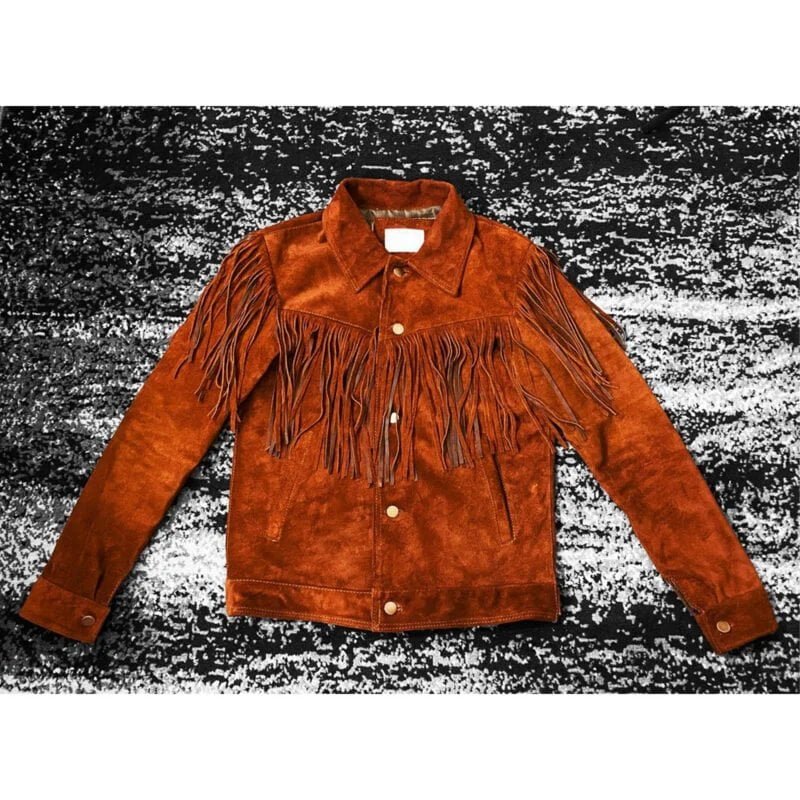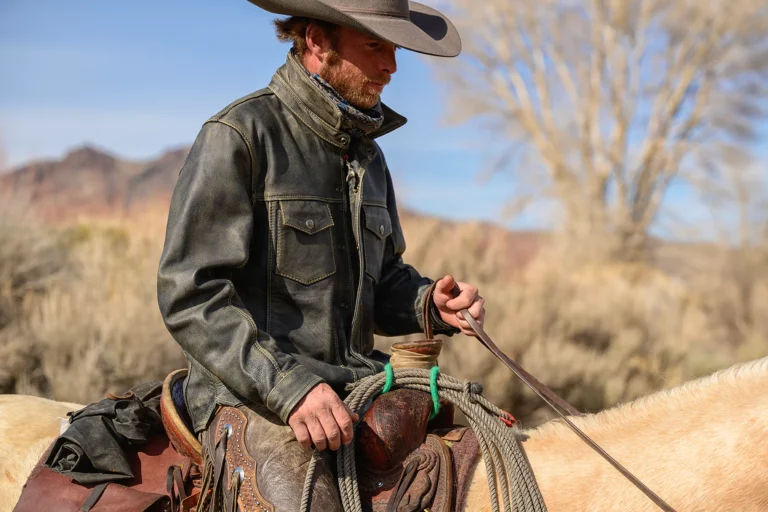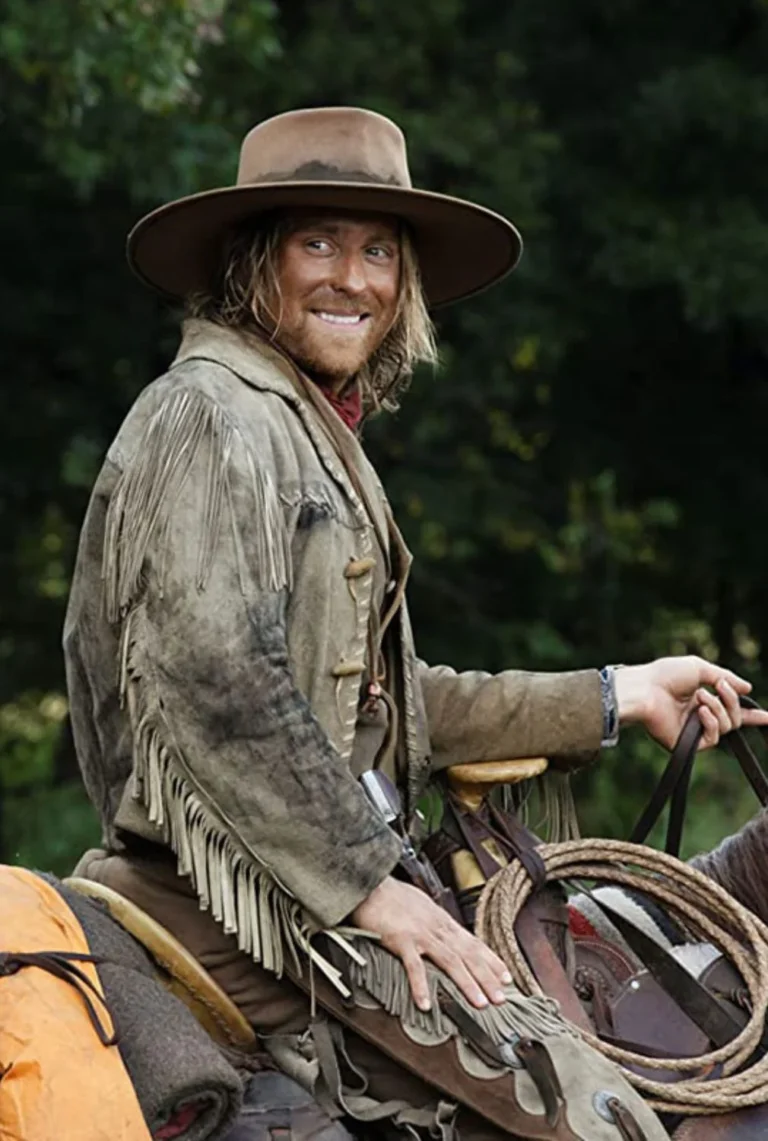why do cowboy jackets have fringe?
Historical Background of Cowboy Jackets
The cowboy jacket, a quintessential element of Western attire, has its origins deeply rooted in the early American frontier. As pioneers and settlers moved westward in the 19th century, they encountered a challenging landscape that demanded durable and practical clothing. Cowboy jackets emerged as functional garments designed to withstand the rigors of frontier life, providing protection against the harsh elements and rugged terrain.
One significant influence on the development of cowboy jackets was Native American culture. Indigenous peoples of North America crafted garments using animal hides and decorated them with intricate beadwork and fringes. These indigenous designs and techniques were adopted by settlers, blending practicality with aesthetic appeal. The fusion of Native American craftsmanship and European tailoring traditions resulted in the distinct style of cowboy jackets known today.
Fringe, a notable feature of cowboy jackets, can be traced back to Native American garments, where it had both functional and decorative purposes. Functionally, fringe helped shed rainwater, preventing the garment from becoming saturated. Decoratively, it was often adorned with beads and quills, adding to the visual appeal of the attire. This cultural exchange between Native Americans and settlers enriched the design and functionality of cowboy jackets, making fringe an iconic element.
As the cowboy lifestyle grew in popularity, partly due to the romanticized portrayal in media and literature, the cowboy jacket became symbolic of rugged individualism and frontier spirit. The evolution of cowboy attire mirrored the changing landscape of the American West, reflecting a unique blend of adaptation and cultural integration. Understanding this historical backdrop provides insight into the enduring legacy and significance of fringe on cowboy jackets, highlighting its roots in the convergence of diverse cultural influences on the American frontier.
Functional Purposes of Fringe
The addition of fringe to cowboy jackets initially had functional rather than purely ornamental intentions. Historically, fringe served several practical purposes which were essential for the daily life of cowboys exposed to a variety of harsh environmental conditions. One of the primary reasons for adding fringe to a cowboy jacket was to aid in water runoff during rain. When it rains, the fringe channels the water away from the fabric of the jacket, helping to keep the body drier and mitigating the penetration of water which could lead to discomfort and hypothermia.
Furthermore, fringe played a role in insulation by trapping air. This trapped air created a layer of warmth, effectively helping in retaining body heat during colder days or nights. This method of trapping heat was particularly beneficial during the long hours spent on horseback or during overnight stays in the open plains where temperatures could drop significantly.
Another interesting advantage of fringe is in providing easier mobility by breaking the wind. When riding at high speeds or during windy conditions, the motion of the fringe helps to reduce wind resistance, thus affording the wearer a slight aerodynamic advantage. This reduction in wind drag, while subtle, could contribute to greater comfort and efficiency in movement, making it easier to navigate through varying terrains.
Historical anecdotes further exemplify the functional use of fringe on cowboy jackets. For instance, Native American warriors, who are credited with influencing the style, utilized fringe in their garments for similar practical reasons. Cowboys adopted these principles, which showcased the blending of cultures and practical wisdom. Over time, these functional aspects were both maintained and slightly adapted, marrying form and function in cowboy apparel.
Fringe as a Style Statement
The aesthetic and symbolic significance of fringe on cowboy jackets is profound, having evolved considerably from its initial functionality. Once primarily serving a practical purpose, fringe gradually gained prominence as a major stylistic element within cowboy culture. As it transitioned from utility to aesthetics, fringe became an emblem of rugged individualism, capturing the essence of the spirit of the American West. Cowboys, often seen as icons of independence and resilience, adopted fringe as a visual declaration of their lifestyles and values.
This metamorphosis was not entirely superficial. Fringe on cowboy jackets began to be associated with the adventurous and untamed nature of frontier life. It signified a connection to the land and an embodiment of the freedom that characterized the American West. Over time, this symbolic significance made fringe more than just a practical feature; it became a personal statement for those who wore it. As a result, fringe attained a dual role, serving both as a functional element and an expressive motif that reflected the wearer’s identity and ethos.
In modern fashion, the influence of fringe has survived and adapted, seamlessly integrating into contemporary styles. The bohemian and Western aesthetic cycles in and out of mainstream fashion, with fringe frequently featured in collections by designers seeking to evoke a sense of nostalgia or rugged elegance. Today, fringe is celebrated not only on cowboy jackets but also across various types of attire and accessories, maintaining its allure and versatility.
The ability of fringe to transcend its original purpose and embed itself into the aesthetic lexicon of fashion underscores its enduring appeal. It remains a distinct feature that continues to resonate with themes of freedom and individualism, bridging the gap between traditional cowboy attire and modern sartorial expression.
Cultural Impact of Fringe on Modern Fashion
The incorporation of fringe into contemporary fashion is a testament to its enduring appeal and cultural significance. This design element, steeped in history, has been revived by modern designers and brands who recognize its timeless allure. Prominent fashion houses such as Ralph Lauren, Dior, and Balmain have seamlessly woven fringe into their collections, blending traditional Western motifs with a modern twist. These integrations serve not only as a nod to the cowboy era but also as an innovative approach to design, appealing to an audience that values both heritage and modernity.
Fringe has also found a significant place in the vibrant world of music festivals. Events such as Coachella have become synonymous with bohemian and Western-inspired fashion, where fringe-adorned jackets, skirts, and accessories are ubiquitous. The movement of fringe accentuates the dynamic energy of festival-goers, adding a playful yet stylish edge to their attire. This trend speaks to a broader cultural fascination with freedom, self-expression, and the blending of diverse cultural elements.
Western-themed events and popular culture have further cemented the presence of fringe in modern fashion. Television shows, movies, and music videos often feature fringe in costumes, celebrating its association with rugged individualism and adventurous spirit. Icons from Dolly Parton to modern-day artists like Miley Cyrus have donned fringe, underlining its versatility and cross-generational appeal. The enduring allure of fringe can be attributed to its ability to evoke a sense of adventure and nostalgia, all while remaining relevant in today’s fashion landscape.
In conclusion, the cultural impact of fringe on modern fashion is profound and multifaceted. By bridging the past with the present, fringe continues to captivate designers and fashion enthusiasts alike. Whether gracing the runways or swaying to the beat at festivals, fringe on cowboy jackets remains a vibrant symbol of a rich cultural heritage and a beloved design element in contemporary fashion.






